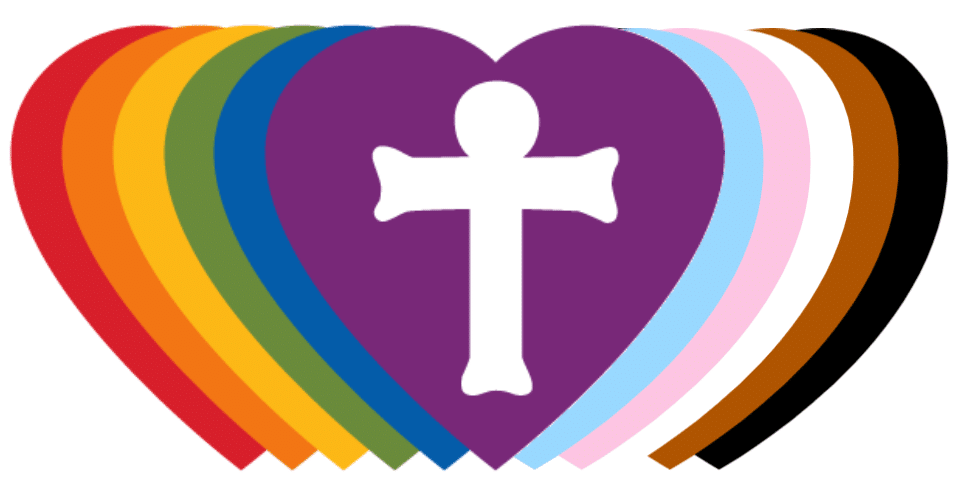But the work isn’t done!
Prince of Peace has long stood for inclusion and acceptance, but this year the church took steps to formalize its commitment. The church is now a Reconciling in Christ church and has a new statement of welcome to go along with it.
The Reconciling in Christ (RIC) program started in 1983 as a way for Lutheran organizations to publicly express their support for people of all sexual orientations, gender identities, and gender expressions. There are now 1055 RIC communities throughout the U.S. and abroad.

“RIC is a term that is used to indicate that you are a congregation that is willing to live into the process of being accepting of all situations that people in your community might be finding themselves in,” said Andrew Hannesh, a congregation leader on this project.
In the fall of 2022, Prince of Peace embarked on the process set up by ReconcilingWorks to write a new welcome statement and become an official RIC congregation.
ReconcilingWorks, a registered nonprofit, lays out a variety of requirements for becoming an RIC congregation, including a public commitment to welcoming the LGBTQIA+ community, being open to calling a LGBTQIA+ or BIPOC rostered leader for the congregation, allowing the sanctuary to be used for LGBTQIA+ weddings and blessings and an annual contribution to the national RIC program.
For Prince of Peace many of these things were already in place, Hannesh said. A group of members embarked on a series of conversations to draft a new welcome statement and establish how much Prince of Peace would donate yearly.
The new welcome statement was edited by the group and then adopted with a congregation-wide vote during the January 2023 semi-annual meeting.
Just because the statement has been adopted and the designation is official, work isn’t done, Hannesh said.
“It’s called Reconciling in Christ not reconciled in Christ because the point of it is that it is continuously changing and evolving and you as a congregation are continuously trying to move around with the language and everything that’s happening in the world around you,” Hannesh said. “It’s never a point where you have reached a goal and accomplished something, it’s just this ideal that you’re working towards and being the best that you can be while working underneath it.”
Hannesh said while there hasn’t been official programming or events regarding being an RIC congregation, ongoing programming fits in nicely with the mission. This work will continue at Prince of Peace, marking the church’s dedication to inclusion.
Hannesh said participating in the Reconciling in Christ process was a good example of demonstrable action from the church, something many in the congregation may have been looking for.
“There were some people in our congregation that felt like this was very important to them. … It felt like especially post COVID people needed to see some stuff going on, to see the church happening and not just Council doing their stuff behind the scenes that we see two times a year at our annual meetings,” Hannesh said.
A secondary benefit of being an official RIC church is being listed on the ReconcilingWorks website, making the congregation more discoverable online. Hannesh said he hopes this could help bring in more young people to the church.
“As a young person, I was really feeling like I needed to see some action, something that would tell me that Prince of Peace is willing to listen to the people in their congregation and is willing to do some follow through and some work to kind of reach a goal,” Hannesh said.
Prince of Peace has joined a list of over 1000 RIC-designated churches and ministries whose commitment to acceptance and welcoming all will only grow with this new designation. The on-going commitment of members like Andrew will be a sign of more progress to come.
Written by Marta Hill, Journalism Student & Pastor Melanie’s Daughter

